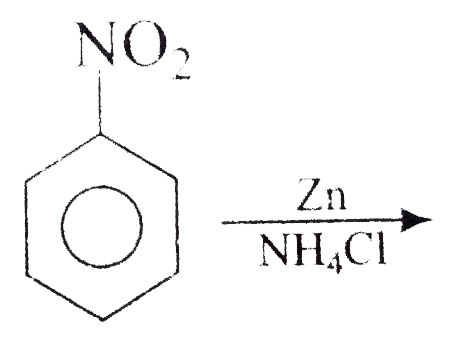What is the product obtained when sodium benzoate is subjected to decarboxylation ?
To determine the product obtained when sodium benzoate undergoes decarboxylation, we can follow these steps:
Step 1: Identify Sodium Benzoate
Sodium benzoate is the sodium salt of benzoic acid (C6H5COONa). It consists of a benzene ring (C6H5) attached to a carboxylate group (COO^-).
Step 2: Understand Decarboxylation
Decarboxylation is a chemical reaction that involves the removal of a carboxyl group (-COOH) from a compound, resulting in the release of carbon dioxide (CO2). In the case of sodium benzoate, the carboxylate group will be removed.
Step 3: Reaction Conditions
Sodium benzoate is treated with sodium hydroxide (NaOH) and calcium oxide (CaO) and then heated. This combination is commonly used to facilitate decarboxylation reactions.
Step 4: Write the Reaction
The reaction can be summarized as follows:
C6H5COONa+NaOH+CaOheat−−→C6H6+Na2CO3+CO2
Step 5: Identify the Products
Upon decarboxylation of sodium benzoate:
- The product formed is benzene (C6H6).
- Carbon dioxide (CO2) is released as a byproduct.
- Sodium carbonate (Na2CO3) is also formed.
Final Answer
The product obtained when sodium benzoate is subjected to decarboxylation is benzene (C6H6), along with sodium carbonate (Na2CO3) and carbon dioxide (CO2).
---
Sodium benzoate is the sodium salt of benzoic acid (C6H5COONa). It consists of a benzene ring (C6H5) attached to a carboxylate group (COO^-).
Decarboxylation is a chemical reaction that involves the removal of a carboxyl group (-COOH) from a compound, resulting in the release of carbon dioxide (CO2). In the case of sodium benzoate, the carboxylate group will be removed.
Sodium benzoate is treated with sodium hydroxide (NaOH) and calcium oxide (CaO) and then heated. This combination is commonly used to facilitate decarboxylation reactions.
The reaction can be summarized as follows:
C6H5COONa+NaOH+CaOheat−−→C6H6+Na2CO3+CO2
Upon decarboxylation of sodium benzoate:
- The product formed is benzene (C6H6).
- Carbon dioxide (CO2) is released as a byproduct.
- Sodium carbonate (Na2CO3) is also formed.
The product obtained when sodium benzoate is subjected to decarboxylation is benzene (C6H6), along with sodium carbonate (Na2CO3) and carbon dioxide (CO2).
Similar Questions
Knowledge Check
- Question 1 - Select One
What is the major product obtained in the following reaction ?
 A
A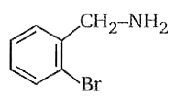 B
B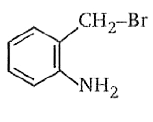 C
C D
D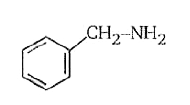
- Question 2 - Select One
What is the major product obtained in the following reaction
 A
A B
B C
C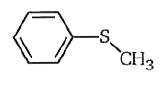 D
D
The major product obtained when following substrate is subjected to E2 reaction will be
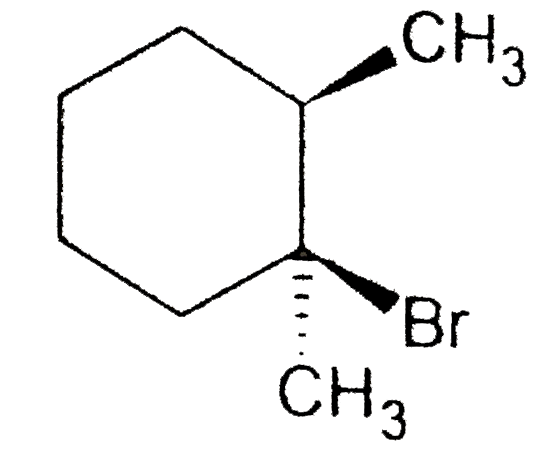 View Solution
View SolutionHydrogen is not obtained when sodium reacts with
View SolutionName the products obtained when limestone is calcined.
View SolutionWhat is the end product obtained after exonuclease activity ?
View SolutionSodium benzoate is a preservative.
View SolutionWhat is the major product obtained from the following reaction :-
 View Solution
View Solution


